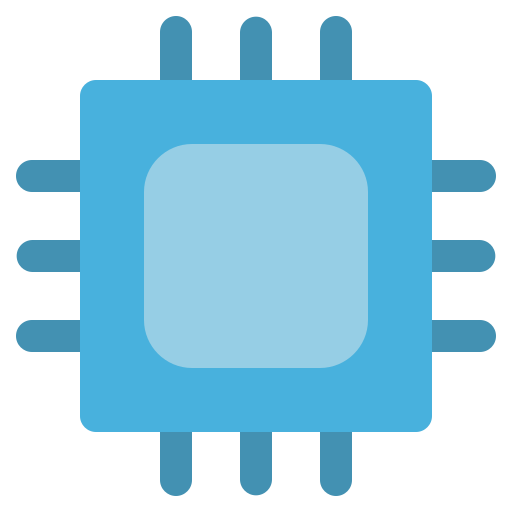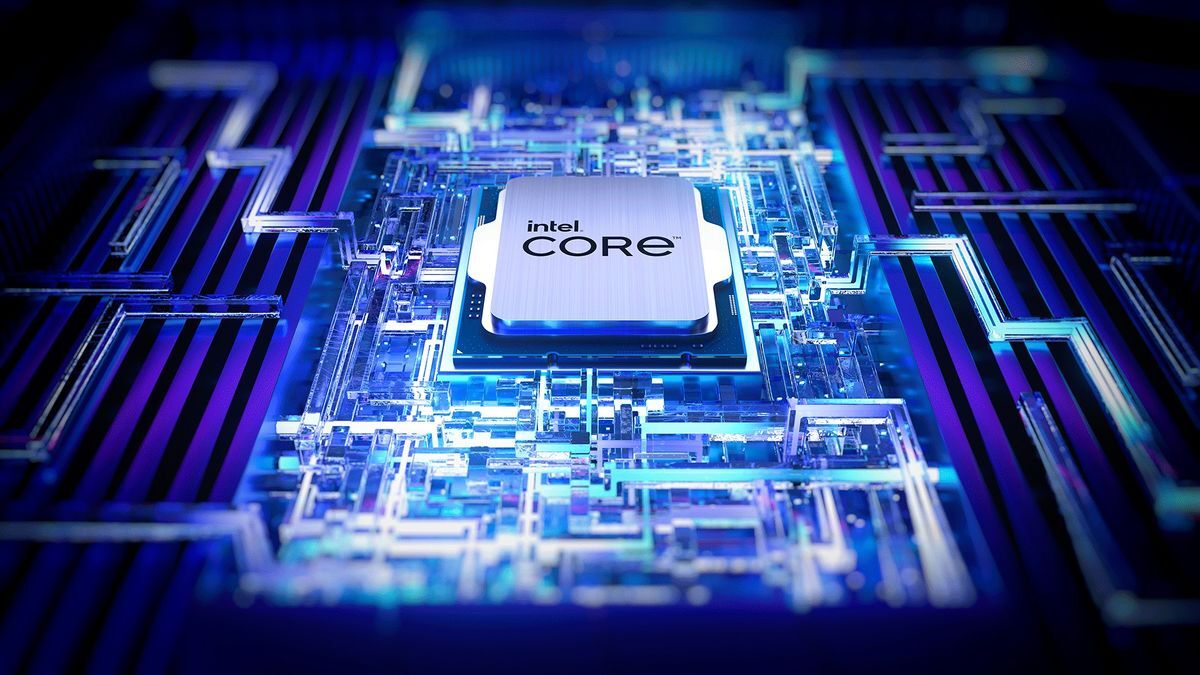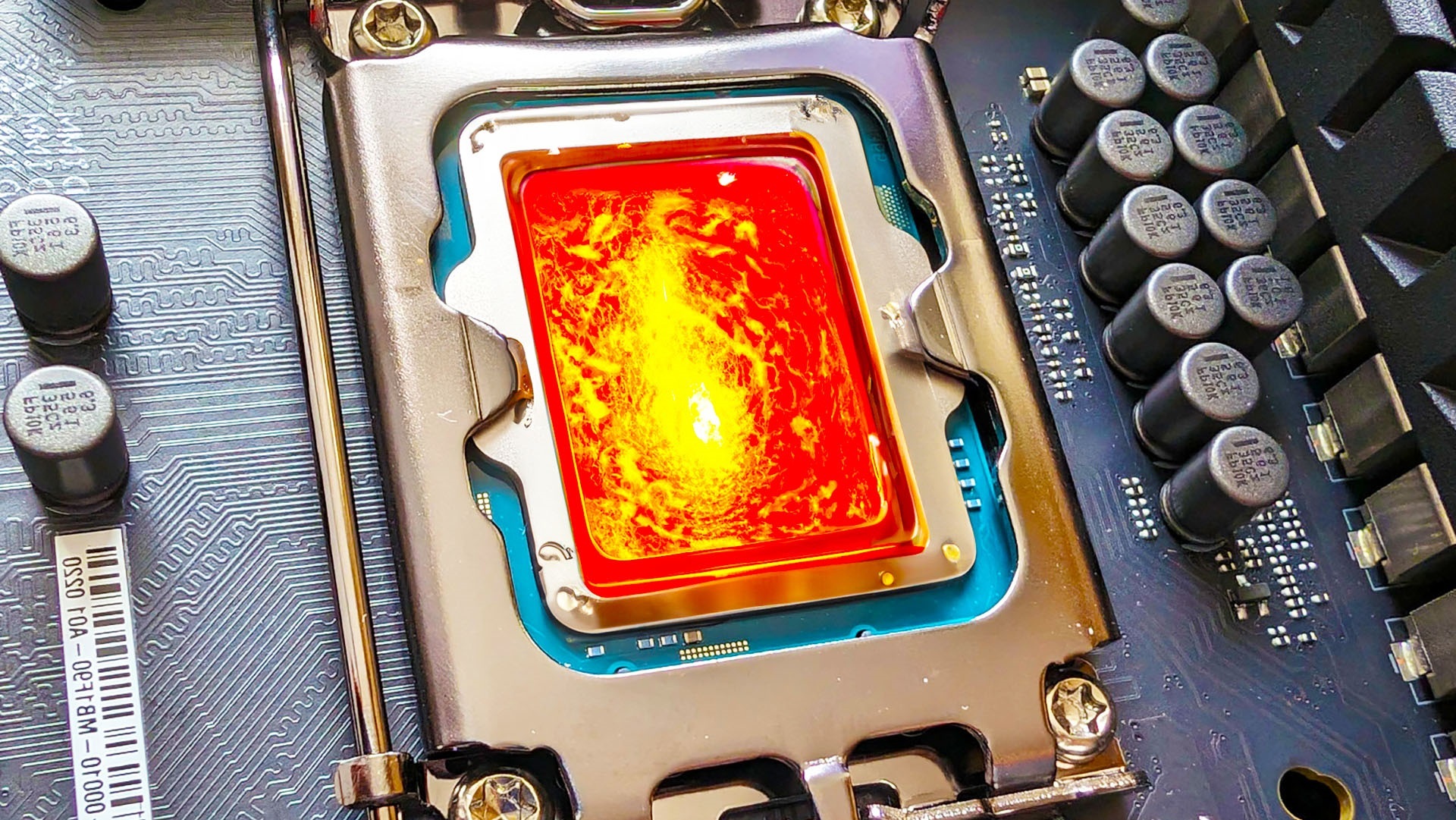

I don’t think this affects anything other than some really ancient machines from the 1990s which would struggle to have enough RAM to run modern Linux anyway. But the problem is I could be wrong about that and there could be embedded systems that do need modern updates due to internet exposure about or other systems running apparently old instruction sets all over the world. I don’t know so I would want to see a feedback site set up for people to say if they need this support and to estimate how many exist.






















When it comes to house infrastructure we expect that it will keep working for decades. I don’t think smart tech that requires the internet is at all a good idea and why I don’t use anything that does, but there is bound to be issues with bluetooth and wifi connected devices generally if they don’t have updates and support for the coming decades.
Companies need to be thinking about the length of support more for house installed devices because the cost of the device often pales compared to the installation costs and replacing them is often a big job.